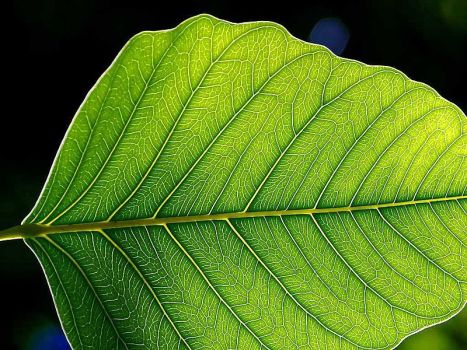
One of the first things that a child learns is that plants are green. While at most times, the education about the color of plants stops here, there are a few who counter question that why exactly are the plants green? This might be one of the simplest questions, but ask yourself… do you really know the answer? Let us help you out with this. Plants are green because they have chloroplasts inside them, which are tiny organelles that plants require to carry on photosynthesis.
Chloroplasts are green and hence plants are green. Of course, the next question in your mind will be why are chloroplasts green and aren’t black, blue or red. The answer is because of chlorophyll – the pigment inside chloroplasts. Chlorophyll is a pigment and the color of the pigment depends on what kind of color it absorbs and what it reflects.
For chlorophyll, the pigment absorbs colors red and blue and the only remaining color from a true light spectrum is green and hence chlorophyll appears green, and due to the chlorophyll, the chloroplasts appear green and because chloroplasts appear green, plants appear green. However, the reason why leaves change their color to shades of orange and yellow with changing seasons is because along with chlorophyll, plants also have red and yellow pigments, known as anthocyanins and carotenoids. These pigments reflect red and yellow light respectively. Once the plant’s photosynthesis process goes dormant with changing seasons, these pigments become a little prominent and hence the color of the plant changes throughout the year.